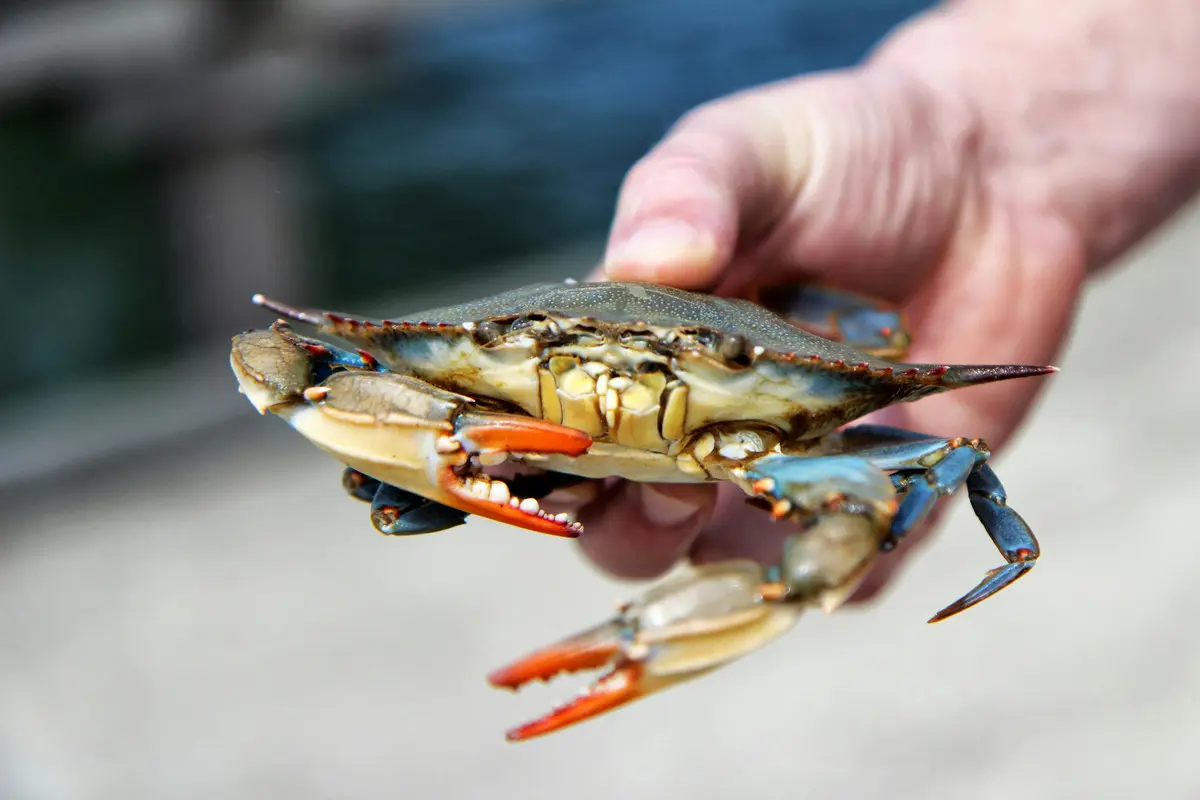Hot Takes: Blue Crabs for Redfish and Black Drum

Photo credit: Pexels user “@johnchase”
Introduction
Few baits provoke as much raw power and excitement on the end of your line as fresh blue crabs. When you’re hunting trophy‐size redfish or giant black drum, nothing beats the real deal: whole live crabs or chunks of them. In this hot-take article, we’ll explore why blue crabs rank among the very best options for pursuing big drum and redfish, how to rig them for success, and when and where to deploy your crab tactics for maximum effect.
Why Blue Crabs Work
Redfish and black drum are built like natural crushers, with pharyngeal teeth designed to pulverize hard-shelled prey. The scent trail from a live crab, or the rich aroma released by crab chunks, mimics precisely what these fish evolved to seek out. When you lob a meaty piece of blue crab into prime feeding zones, you’re speaking directly to their instincts—and hammering home a bait presentation that artificial lures simply can’t match.
Gear and Rig Setup
To handle the brute strength of a drum or a heavyweight redfish, start with a medium-heavy rod paired with a spinning reel in the 4000 to 8000 size range. For leader material, a 30- to 80-pound fluorocarbon or monofilament works well around structure like jetties and bridges; on open flats where you free-line, you can drop back to 20- or 30-pound test. Hook choices should be sturdy circle hooks between sizes 4/0 and 10/0—larger samples of crab demand larger hooks—while heavy‐gauge wire ensures you won’t bend out under pressure. In still water, let your crab swim free with no weight; in stronger currents, pin your bait to the bottom with an egg or bank sinker clipped a foot or so above the hook so the scent plume hovers right where cruising drum and reds can pick it up.
Timing and Location
The key to big-fish action lies in matching crab presentation to season and structure. In spring, chase pre-spawn redfish on shallow flats where warming sun pushes fish into warmer shallows. By summer, black drum stack up along bridges, oyster reefs, and deeper channel edges—locations where currents concentrate both bait and predators. As fall cooling begins in September and October, both species venture back onto flats to forage ahead of winter, so focus on drop-off points and shallow feeding zones. Plan your sessions around tidal peaks, particularly the top two hours of incoming or outgoing tides, when both redfish and drum become most active.
Techniques and Presentation
Patience and presentation go hand in hand. On one rod, offer a half-crab chunk; on another, quarter-crab pieces; and on a third, a single large claw—variations in size often trigger different responses. In slack water, free-line your bait directly under the rod tip and allow the crab’s natural movements to entice a lurker. In current, secure the bait with a modest weight so the scent trail is concentrated along the bottom, inviting a hungry drum to track it down. Be prepared for a slow burn—sometimes it takes minutes for the fish to hone in.
Seasonality and Scent Strategies
Spring through early summer delivers the most consistent bites, as both redfish and drum feed aggressively before and after spawning periods. During high-pressure, hot summer days, focus on deeper structure where blue crabs lurk. As water temperatures drop into fall, flats fishing with lighter leaders and crab chunks often produces surprise trophies. Align your trips with full and new moons for even stronger tidal pushes, which amplify scent dispersal and trigger feeding frenzies.
Respect and Conservation
Many of the giants you hook on blue crabs will be mature, breeding-age fish vital to future populations. Always observe local size and bag limits, handle fish gently, and release any obviously gravid females. A well-placed release is the least you can do for these apex coastal cruisers and for anglers of tomorrow.
The World's Most Complete Fishing Resource
We're building the ultimate fishing encyclopedia—created by anglers, for anglers. Our articles are created by real experienced fishermen, sometimes using AI-powered research. This helps us try to cover every species, technique, and fishing spot imaginable. While we strive for accuracy, fishing conditions and regulations can change, and some details may become outdated or contain unintentional inaccuracies. AI can sometimes make mistakes with specific details like local access points, parking areas, species distributions, or record sizes.
Spot something off? Whether it's an incorrect boat ramp location, wrong species information, outdated regulations, or any other error, please use the "Help Us Improve This Page" section below. Your local knowledge makes this resource better for every angler.
Explore Related Topics
Discover more articles to deepen your knowledge
Curating articles for you...
Create your own Research Page using AI
Try our AI assistant for free—sign up to access this powerful feature